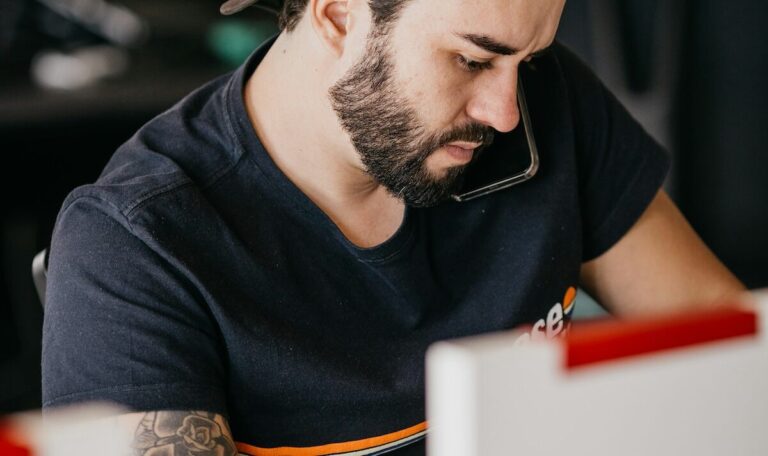
Two traditional tattoo removal tools?
For the sake of your convenience we’re going to answer this one really quickly. The answer, is a resounding NO. But just in case you’re not yet convinced – here’s why.
5 Bad Things That Typically Happen When You Try to Remove Your Own Tattoo
1. Scarring and Infection from Salabrasion
Salabrasion is a medieval method of getting rid of a tattoo that belongs up their with other long-antiquated medical procedures such as hammering a nail in the skull to alleviate a headache, or bloodletting with leeches (for whatever). By definition, salabrasion is a process that employs a salt mixture to heat up and scrape away your skin. Sure, if you can stomach it and handle the pain the tattoo will eventually become unrecognizable and may eventually disappear, but more often that not you’ll be left with substantial scarring and worse – infection that leads to significantly worse critical health consequences.
2. Scarring and Infection from Dermabrasion
This one also belongs in the Dark Ages, as a medical grinding tool which is akin (read: nearly identical) to a belt sander is used to literally scrub off the the outer layer of skin that contains the ink particles. Like with its brutal sibling, DIY dermabrasion typically results in significant scarring and infection, even when done under the “careful” care of a supposed professional. Yes, that’s right – it’s still legal to offer this service, so beware.
3. Extreme Pain and the “Kitchen Sink” from Skin Excision
Skin excision is a surgical procedure that is typically used to remove a cancerous skin lesion and an area of surrounding tissue called the margin. To create a visual, take note that the pure definition of the word excision is “cut out”, which should be enough to have you running for the hills. This is certainly a procedure that you cannot do on your own. But even if you have a pal with a PhD that’s willing to do the deed it’s important to understand that there are many possible short and longterm side effects connected to this procedure, which can vary depending on the candidate (you) and where on the body the unwanted tattoo is located. These include (but are not exclusive to) the following:
- Excessive pain
- Excessive bleeding
- Extreme fatigue
- Scarring
- Swelling or bruising
- Nerve damage or numbness
- Infection
- Lymphedema
4. Pigmentation Problems from Topical Bleaching Creams
While you may not stumble away from topical treatments bathed in blood and terror like you would from salabrasion, dermabrasion, or excision, you will suffer side effects nonetheless. This commonly includes major and longterm pigmentation differences between the treated area and your normal skin, even after tanning or professional UV treatment. Other possible side effects include allergic reactions, skin irritations, and blistering. Of course, the most common issue with skin bleachers and similar topical creams for tattoo removal is the complete and utter ineffectiveness. More often than not this method does not work on a tattoo where deep and darker tones are applied.
5. Scarring from Chemical Skin Peels
Chemical peels’ most common side effect for tattoo removal is scarring (especially when DIY) but they can also result in discoloration, skin irritation, and subsequent infection.
OK, so you’ve come to the terms with the fact that you cannot remove a tattoo on your own. So what now? Laser tattoo removal at Adrenaline Studios. It is the safest, most natural, and effective means to getting rid of an unwanted tattoo. We have already compiled a succinct catalogue of laser tattoo removal articles to address your questions and concerns. Have a look at resources below to learn more:
- 5 Benefits of Laser Tattoo Removal
- Tattoo Removal or Cover Up? What You Need to Know
- Laser Tattoo Fading for Cover Up
- Laser Tattoo Removal for Dark Skin
- Tattoo Studio vs Cosmetic Clinic for Laser Tattoo Removal
- Laser Tattoo Myths Dispelled
- How to Choose a Tattoo Removal Clinic
View more about our laser tattoo removal services and contact an Adrenaline Studios near you today for a free consultation.


